Archaeological Institute of America
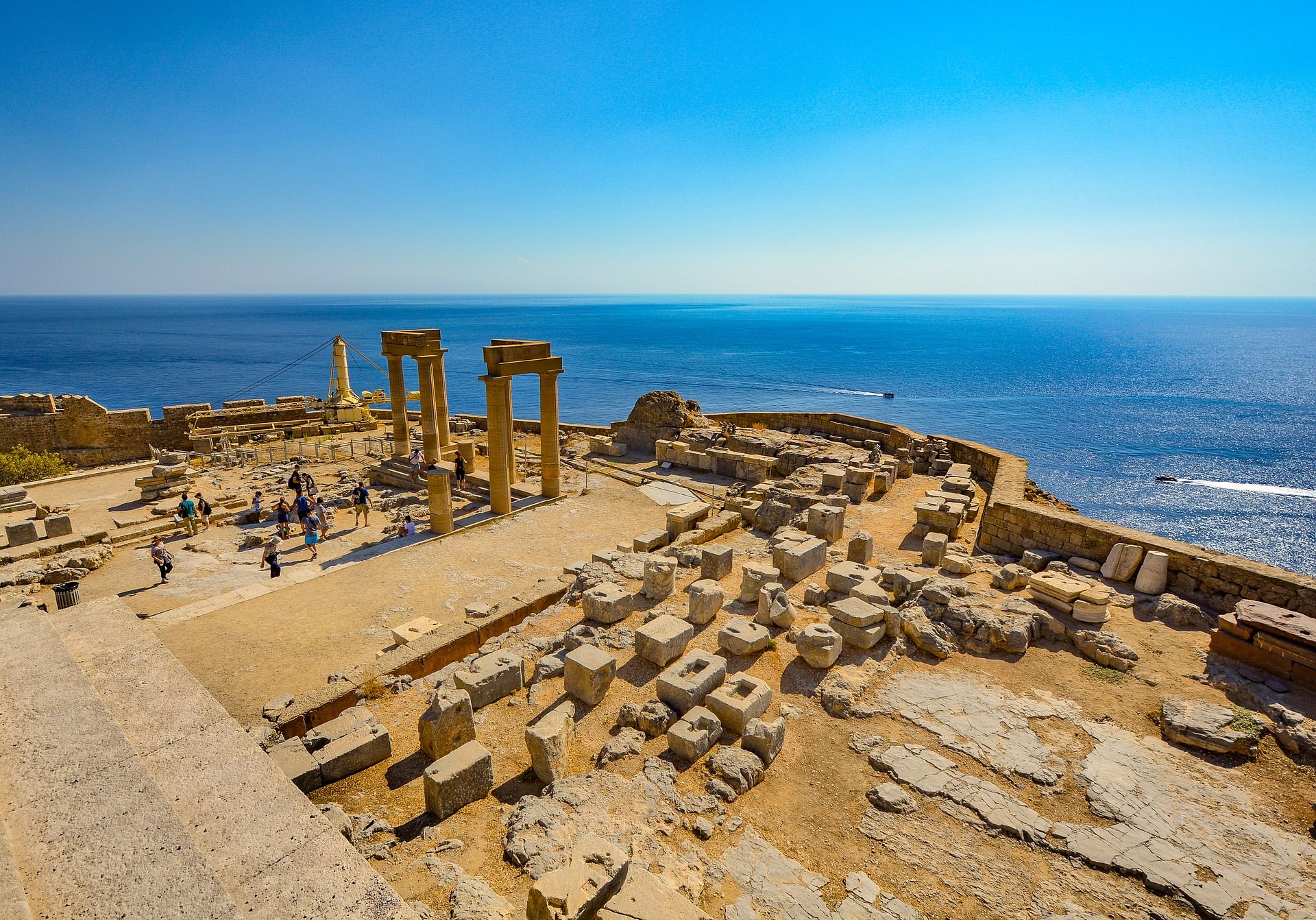
Deadline: November 1, 2024
Announced: By March 1
Amount: $6,000
Purpose: To support an individual project of a scholarly nature, related to Aegean Bronze Age Archaeology, and to be conducted between July 1 of the award year and the following June 30. Preference will be given to candidates whose project requires travel to the Mediterranean for the purpose stated above. AIA fellowship funds may not be used for institutional overhead, institutional administrative recovery costs, or institutional indirect costs.
Requirements:
The AIA welcomes applicants of all backgrounds and is committed to equal opportunity for all. Under no circumstances will the AIA discriminate against qualified individuals on the basis of race, color, religious creed, retaliation, national origin, ancestry, sexual orientation, gender, disability, mental illness, genetics, marital status, age, veteran status, or any other basis prohibited under applicable law.
As part of the Archaeological Institute of America’s ongoing commitment to fieldwork and families, reasonable line items for the care of dependent and elderly family members are allowable expenses for AIA grants, fellowships, and scholarships.
Please note that all application materials (including references and transcripts) must be received at the AIA by the November 1 deadline.
View the Fellowship Requirements and Application Guidelines.
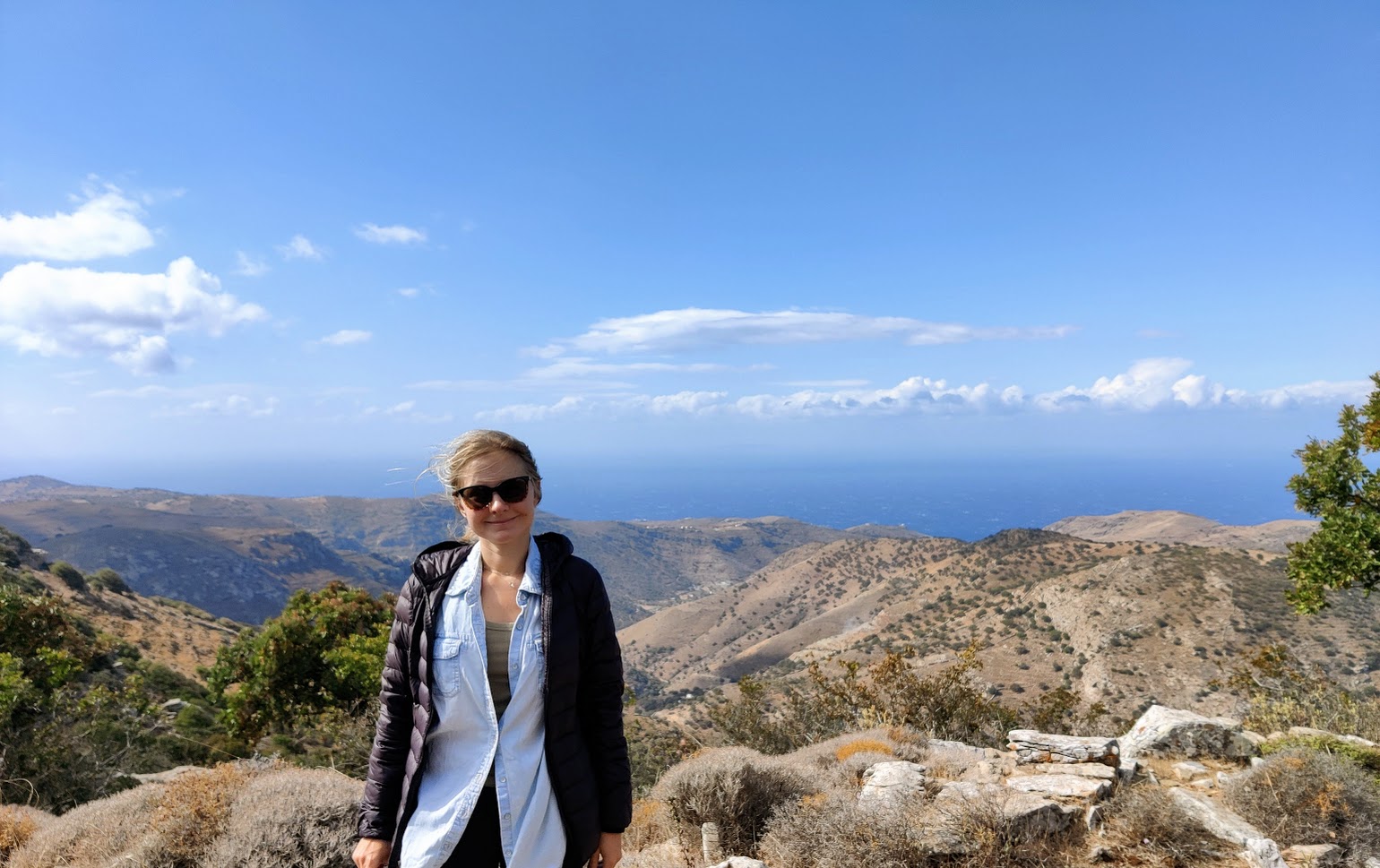
2024
University of Cincinnati
Anna Belza is a PhD candidate in the Department of Classics at the University of Cincinnati, and the 2024 recipient of the AIA Harriet and Leon Pomerance Fellowship. Her dissertation project, “The Cyclades in the Mycenaean Period: A View from Ayia Irini, Kea,” examines three-thousand-year-old pottery, small finds, and architecture dated to Late Bronze Age IIB–IIIC from the port town of Ayia Irini, on the island of Kea, Greece. She will provide the first site-wide presentation of Mycenaean period activity in the port town, providing an up-to-date understanding of the efficacy and reach of maritime distribution systems in the Late Bronze Age. Better understanding Ayia Irini will help shed light on the role of the Cycladic Islands in the Mycenaean Aegean. Belza’s research will include cataloguing and classifying finds that remain unaddressed by previous work on Ayia Irini, and recording production techniques, forms, and decoration of the ceramics. While the Cyclades have previously been dismissed as “marginal” to the Greek Mainland in the Mycenean period, this work will reexamine the importance of the Cyclades and argue against their perceived status as less important than other parts of Greece at the time.

2023
Stephen Czujko, Ph.D. Candidate at Department of Classics, Archaeology, and Religion, University of Missouri-Columbia, is the 2023 recipient of the Harriet and Leon Pomerance Fellowship. His dissertation project, “Aegean pottery in the Late Bronze Age Eastern Mediterranean: a new technological look at its reception and imitation”, will examine the movement of Aegean pottery through the Late Bronze Age Eastern Mediterranean. Using a suite of scientific methods suited to mineralogical, chemical, and microstructural analysis of pottery, this project looks to identify varied technological signatures and link these to artisans of different cultural and geographic backgrounds. In so doing, it aims to contribute to our understanding of how Aegean craft s and craftspeople participated in different zones of interaction in the Eastern Mediterranean during the terminal phase of the Late Bronze Age (13th-12th c. BCE). This focus of this project is three key zones of interaction: Eastern Cyprus, later Phoenicia and its hinterland, and the Sharon Plain and Upper Jordan Valley. Assemblages from the sites of Enkomi, Beth Shean, and Sarepta have been chosen for study to represent these zones of interaction, respectively. The fellowship funding provided by this fellowship will support his study of selected materials from Enkomi.
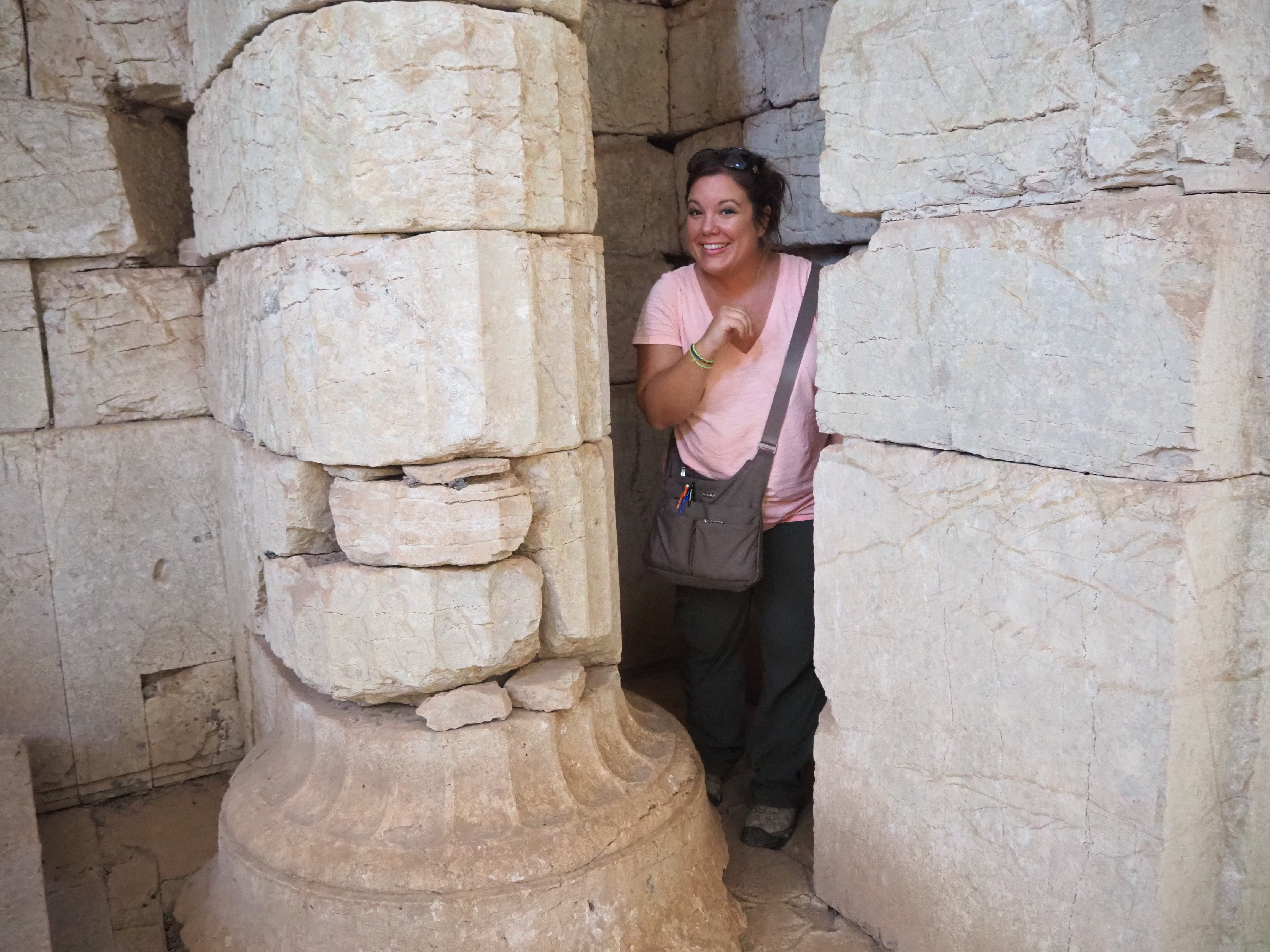
2022
Maribelisa Gillespie, Ph.D. candidate at University of California, Berkeley, is the 2022 recipient of the Harriet and Leon Pomerance Fellowship. Her dissertation project, “Mycenaean terracotta figurines from Petsas House: patterns of production and depositional choice,” examines a new collection of over 1,100 anthropomorphic and zoomorphic terracotta figurines from Mycenae. It elucidates crafting techniques utilized by potters in the fabrication of figurines, it highlights some of the socio-economic concerns behind their mass production, and it explores issues of palatial involvement in the organization of the potting industry at Mycenae. The project aims to reveal how the choices and selections being made by actors at the individual and community levels can nuance our understanding of actual cultural practices as well as the relationship between palace and populace. The Fellowship funds will support her travel and time at various museums around Greece.
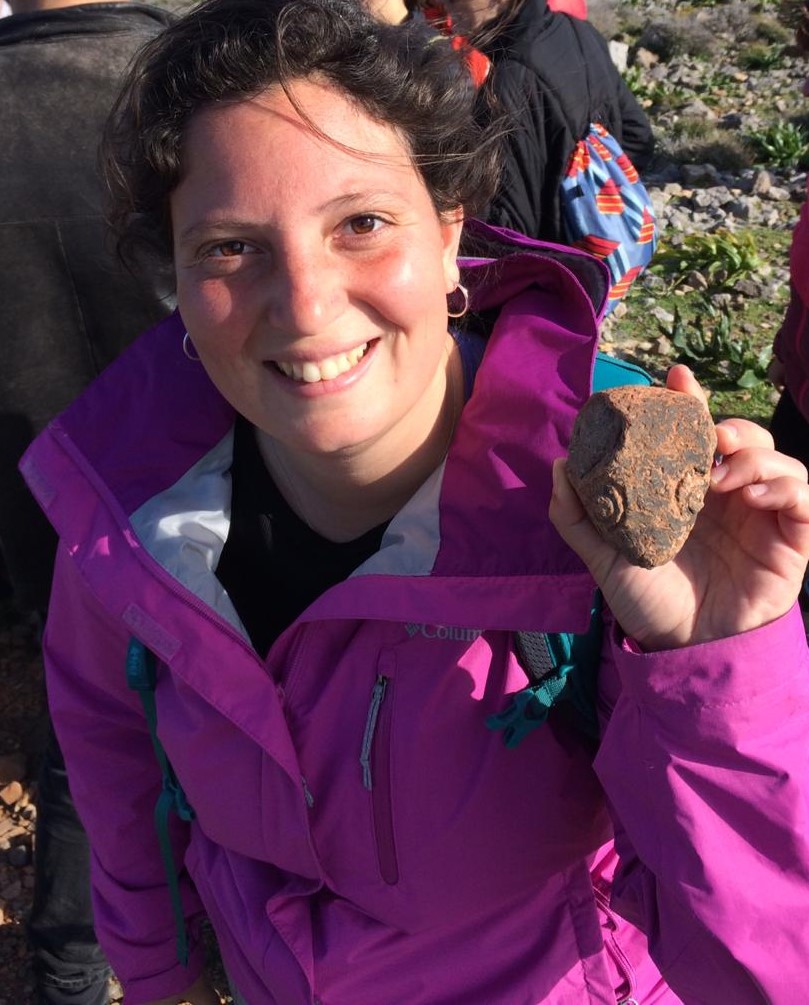
2021
Vasiliki Tsikritea, Ph.D. candidate in the Department of Classics at the University of Cincinnati, is the 2021 recipient of the Harriet and Leon Pomerance Fellowship. Her dissertation project, “An Archaeology of Cult at Juktas, Crete, in the 12th-7th Centuries BCE: Pottery and Figurines,” examines changes in cult practices across the Late Bronze Age and Early Iron Age Aegean, and situates them within their sociopolitical context, revisiting questions on the character of Cretan religion in this period, The peak sanctuary of Juktas presents an ideal case study because, despite the decline of many peak sanctuaries in the period, it continued to be frequented without any interruption; Ms. Tsikritea’s research will investigate cult practices at the site through the study of unpublished assemblages of pottery and ceramic figurines. The Fellowship funds will support her travel and time at the Archaeological Museum of Heraklion and the library of the BSA Research Center at Knossos.
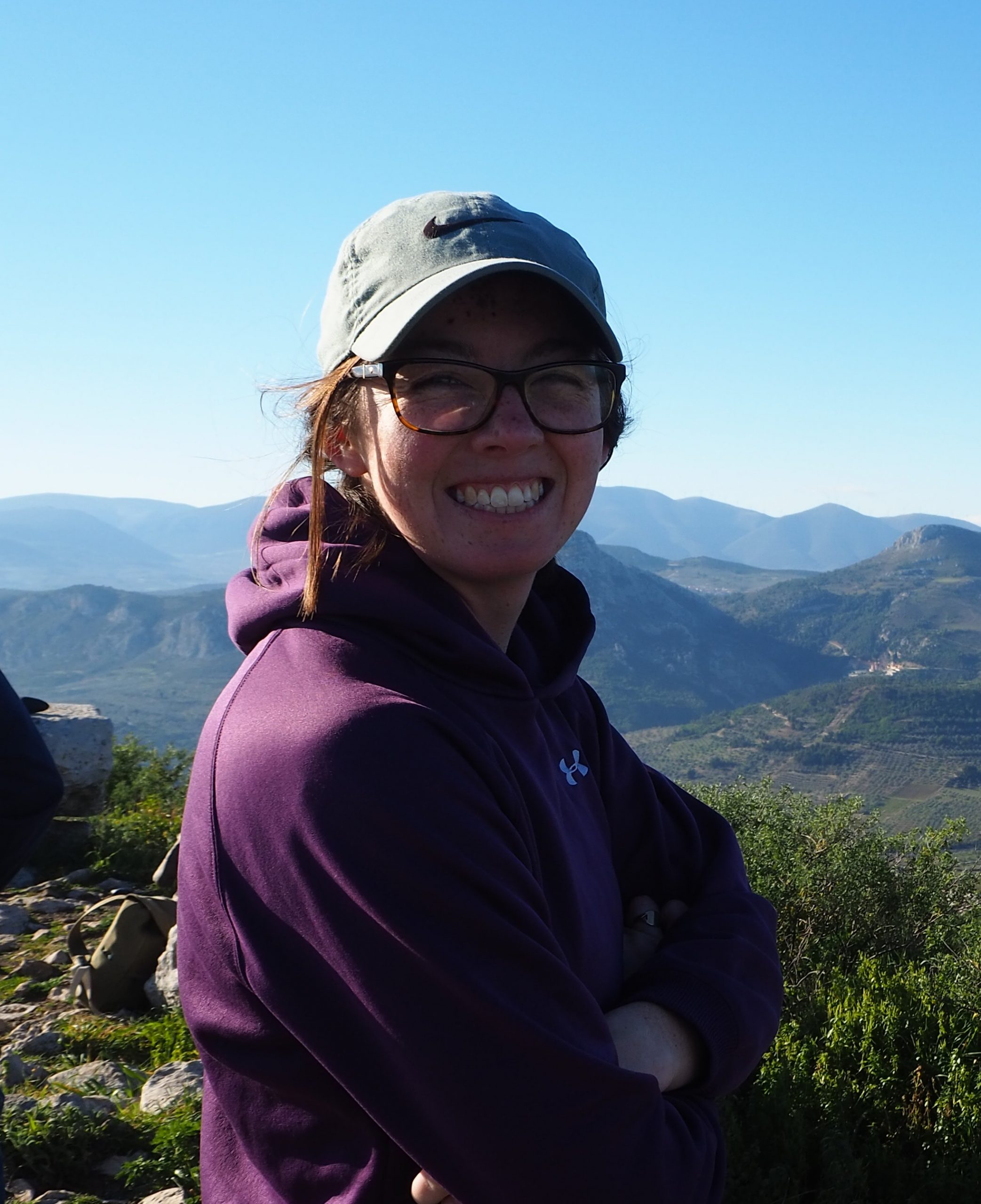
2020
Alice Crowe, Ph.D. candidate in the Department of Classics at the University of Cincinnati, is the 2020 recipient of the Harriet and Leon Pomerance Fellowship. Her dissertation project, “Beyond the Walls of the Labyrinth: A Site-wide Perspective on Final Palatial and Postpalatial Knossos,” will be a comprehensive study of Late Minoan II-III Knossos that adopts a site-wide approach, examining developments in both the elite core and the surrounding settlement. She will re-examines assemblages from the “mansions” and “villas” of Knossos’ city center as well as material discovered in more peripheral areas of the site, including surface finds collected by an intensive survey of the Knossos valley and excavated deposits from outlying parts of the settlement. The Fellowship funds will be used for work at the Knossos Stratigraphical Museum.
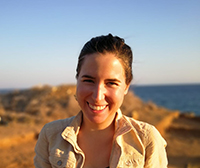
2019
Tia Sager, Ph.D. candidate in the Department of Art at the University of Toronto, is the 2019 recipient of the Harriet and Leon Pomerance Fellowship. She will use the fellowship funds to further work on her dissertation project, “The Poetics and Politics of Space: a regional analysis of the Cretan Postpalatial built environment”. Ms. Sager proposes to re-evaluate excavated and published built environments dating to the Postpalational Period (c.1450-1200 BCE), in order to offer a new interpretation of their significance in the development of a “Cretan” architectural language.
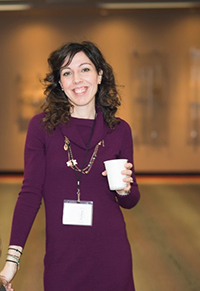
2017
Aikaterini Psimogiannou, Ph.D. candidate at the University of Illinois at Chicago in the Department of Anthropology, is the 2017 recipient of the Harriet and Leon Pomerance Fellowship. Her project, “Mortuary Practices, Ceremonial Feasting and Social Transformation at the Dawn of the Bronze Age on the Greek Mainland,” will create an alternative, holistic model of the transformation of agricultural villages during the Neolithic period to the settlements of the Bronze Age in southern Greece. The project will use ceramic analysis, radiocarbon dating, and other data gathered from the sites of Proskynas and Mitrou to produce both relative and absolute chronologies for the region. The Fellowship will allow Ms. Psimogiannou to travel in Greece, and will assist with radiocarbon dating costs.
2016
Pinar Durgun, Ph.D. candidate at the Joukowsky Institute for Archaeology and the Ancient World at Brown University, is the 2016 recipient of the Harriet and Leon Pomerance Fellowship. Her project, “Places of the Dead: The Role of Landscape in the Formation of Mortuary Practices in the Early Bronze Age western Anatolia,” seeks to examine the relationship between the locations of cemeteries, nearby geographical features, and their corresponding settlements in order to understand the role of landscape in the emergence of cemeteries, formation of rituals, and expressions of social identities. Her focus will be on the Early Bronze Age in western Anatolia, which is the period marking the earliest extramural cemeteries. Ms. Durgun, with the assistance of the fellowship, will visit sites and museums throughout western Turkey to collect and analyze spatial data.
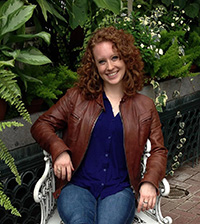
2015
Kaitlyn Stiles, Ph.D. candidate with the Department of Anthropology at the University of Tennessee, is the 2015 recipient of the Harriet and Leon Pomerance Fellowship. Her doctoral project, “Biosocial Identities in Late Bronze Age Greece”, integrates theory and method from Bronze Age Aegean archaeology, classics, and biological anthropology to examine the biological and social expression of identity in the Late Helladic IIB-IIIB phases (15th to 13th centuries BCE) of central Greece. Ms. Stiles will use the Fellowship funds to conduct research on skeletal remains from the Golemi Agios Georgios cemetery in East Lokris, Greece, while based at the Wiener Laboratory of the American School of Classical Studies in Athens.
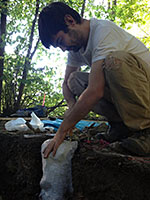
2014
Daniel Fallu, Ph.D. candidate with the Department of Archaeology at Boston University, is the 2014 recipient of the Harriet and Leon Pomerance Fellowship. His project will focus on developing a chronology for changes in climate and sediment at the end of the palatial period in Mycenaean Greece. Optically Stimulated Luminescence and carbon-dating will be used to date torrential and flood deposits overlying Bronze Age ruins in the Lower Town of Mycenae. Isotopic analysis from carbonate formations and charcoal recovered from slope deposits is hoped to reflect changing climatic regimes that helped, along with land use, to drive erosion and landscape change. This work will be combined with the results of systematic micromorphological analysis and form part of a dissertation entitled “Bronze Age landscape degradation in the northern Argolid: a micromorphological investigation of anthropogenic impact on erosion in the environs of Mycenae, Greece.”
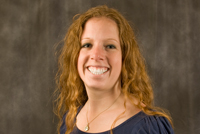
2013
Debra Ann Trusty, Ph.D. candidate with the Classics Department of Florida State University, will be using the Harriet and Leon Pomerance Fellowship to work on her dissertation, “Pots in the Periphery: Ceramic Analysis of Mycenaean Cooking Vessels”. Her project examines various aspects of Bronze Age Greek cooking vessels, to inform our knowledge of the political economy and scale of socio-political control in early states. The study focuses on five Mycenaean sites (the Petsas House at Mycenae, Zygouries, Korakou, Kalamianos, and Stiri), all of which were politically and economically connected to the ruling elite in Mycenae through production and trade connections. Funding for this project will be used to collaborate with scholars in England and Greece and to prepare samples in Greece for chemical analysis in the US.

2012
Gypsy Price, Ph.D. candidate with the University of Florida, is the 2012 recipient of the Harriet and Leon Pomerance Fellowship. Her project is “Human-Animal Interactions at Petsas House: Isotopic Contributions to Zooarchaeology in Bronze Age Mycenae”, and she will use the fellowship award to return to Greece and continue her analysis of faunal remains recovered from the well at the site, using isotopic analysis to elaborate on more traditional zooarchaeological methods in assessing human-animal interactions. Data gathered from analyses of this faunal collection will help provide a foundation for addressing a number of issues concerning subsistence at Mycenae during the Late Helladic III A2 period (later 14th c. BCE). This work will form part of Ms. Price’s dissertation, “New perspectives in zooarchaeology: isotopic contributions to studies of subsistence economy”.
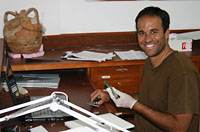
2011
Nicholas Blackwell, Ph.D. candidate at Bryn Mawr College, is the 2011 recipient of the Harriet and Leon Pomerance Fellowship. His project is “Investigating the Tool Marks on the Mycenae Lion Gate,” and will involve a meticulous inspection of the visible tool markings, particularly tubular drill perforations and saw cuts, on the Lion Gate relief at Mycenae. The techniques that produced the relief sculpture have not been discussed extensively in scholarship in nearly eight decades, and Mr. Blackwell expects to publish the results of this project as an article. For comparative reasons, the traces of tubular drilling from contemporaneous fa√ßade fragments of the Treasury of Atreus will also be inspected in the British Museum. Mr. Blackwell will also compare the marks on the Lion Gate relief with those on Hittite sculpture, especially the Boƒüazk√∂y Lion Gate, for evaluating prospective craft links between central Anatolia and the Mycenaean world. The $5,000 award will be used for supplies and travel in London and Greece, and a possible additional trip to Turkey
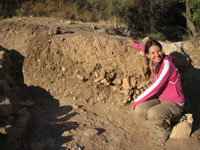
2010
Lynne A. Kvapil, a Ph.D. student with the Program in Aegean Prehistory at the University of Cincinnati, is the recipient of the Harriet and Leon Pomerance Fellowship. Her project is “Urban Farming in the Mycenaean World: The Terraces of Korphos-Kalamianos”, an innovative examination of agricultural terrace walls using spatial, architectural, and survey data to explore agricultural production at the Late Bronze Age harbor site of Korphos-Kalamianos. The terraces are contemporaneous with structures on the site, making them the only known Mycenaean examples in an urban context, and possibly state-organized. Her planned analysis will add to the understanding of agricultural production of a hinterland site during a period of Mycenaean economic expansion. Ms. Kvapil will use the $5,000 fellowship award for travel and fieldwork at Korphos this coming summer.
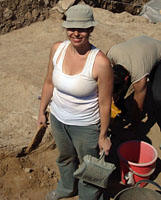
2009
Natalie Abell is a graduate student with the University of Cincinnati, and the Fellowship will support her project of “Reconsidering a Cultural Crossroads: Diachronic Analysis of Island Identity and Aegean Connectivity in Bronze Age Kea”. This research, which comprises a large portion of Ms. Abell’s dissertation, examines ceramic evidence from a site at Ayia Irini in order to address problems of chronology and overseas contact from the Early to Late Bronze Age. The Pomerance Award of $5,000 will be used for travel to Kea and other islands, as well as to Athens for use of the library and archives of the American School of Classical Studies at Athens.
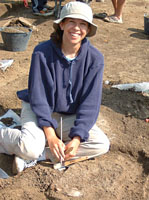
2008
The 2008 recipient of the Harriet and Leon Pomerance Fellowship is Jamie Aprile, Ph.D. student with the Interdepartmental Program in Archaeology, UCLA. Ms. Aprile’s project is “Pylos and Nichoria: A Case Study in Urban/Hinterland Political Economy,” in which she will tackle the complex relationship between the Late Bronze Age Mycenaean Messenia palatial component and its hinterland, Nichoria. Using Kenneth Hirth’s distributional approach, she will investigate her hypotheses that Mycenean sites created extractive economic relationships with their hinterland using patron-client ties, and that these hinterland communities developed independent exchange strategies in order to fulfill these relationships. Restricting her study to Late Helladic IIIA and IIIB periods (c. 1400 ‚Äì 1200 BCE), Ms. Aprile will examine published and unpublished reports from Pylos and Nichoria, particularly domestic assemblages from Nichoria.

2007
Sarah Lima, University of Cincinnati
Interactions Across the Ionian: 1200-800 B.C.
This project compared locations, plans, and ceramics from sites in northwestern Greece, southern Albania, and the Ionian Islands in order to examine ways that these areas interacted during the Late Bronze and Early Iron Age. Making these comparisons was intended to place material excavated from the Albanian sites of Butrint, Cape Styllo, and Kalivo into a broader regional context. Sarah Lima’s research took place in conjunction with a Regular Member Year spent at the American School of Classical Studies at Athens.
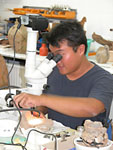
2006
Andrew J. Koh, University of Pennsylvania
The Organic Residues of Mochlos, Crete
Using a background of chemistry and archaeology, Andrew Koh is attempting to correlate specific ceramic vessel shapes with their typological function through identification of ancient organic residues. He hopes to identify the function of types of vessels, and provide insight into the function of the surrounding space as well (e.g. food preparation, cultic activity, storage, production, etc.). Continuing work in the field of organic residue identification at this scale, will push the extent to which knowledge can be obtained and preserved from archaeological sites, a cultural resource that is obviously not renewable for any given time period.